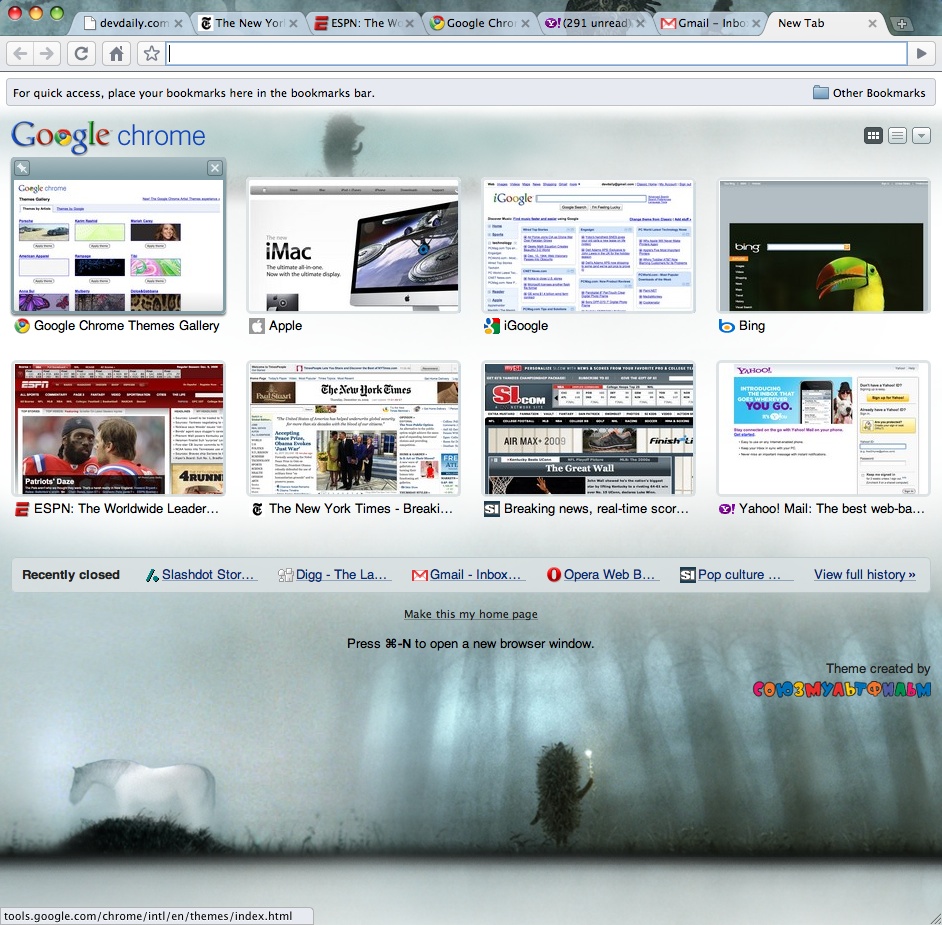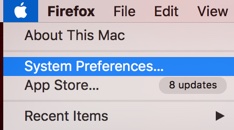- Google Drive On Mac
- Download Google Desktop For Mac
- Google Calendar For Mac Desktop
- Google Chat Desktop For Mac
Google Desktop for Mac takes many of the features from the Windows product, such as indexing Gmail and web history, Google.com integration, finding content in past file revisions and deleted files, and fast application launching. But we know that simply 'porting' to the Mac is not a good idea. Google desktop free download - Google Play Music Desktop Player, Google Chrome, Google Earth Pro, and many more programs. Parallels Desktop for Mac. Google has finally released a Mac client for the popular Google Desktop search application. The search and launcher tool is designed to integrate with Apple???s Spotlight search tool. The Mac version of downloadable application Google Desktop was recently improved and made available for all users for free. The 1.0.3.301 version comes with a lot of new updates, offering an. These can be a lot of fun and productive and for XP users it can really transform your desktop to a more modern look and feel. Google Desktop Gadgets are also available for Linux and Mac OS X users. Download Google Desktop Gadgets for Windows, Linux, or Mac.
Google Desktop has finally made its way to the Mac. Almost two and a half years after the initial introduction of the Google Desktop search beta for Windows, the desktop searching tool will be available as a beta for OS X users later today. After taking some time to round out Google Desktop on Windows, internationalize the software, and do extensive testing, Google Desktops Product Managers Rose Yao and Sundar Pichai told Ars that they built up a strong Mac team to bring the software over to the Mac.
Like both Spotlight (built into OS X 10.4) and the third-party utility Quicksilver, Google Desktop offers users the ability perform an indexed search of their entire computer's contents, including applications, music, photos, chat logs, e-mail, and other documents. 'A lot of the most important information to a user isn't available on the web, it's on your computer, whether that be on a Mac or PC,' Yao told Ars. 'We want to help users search for the data that's most important to them with Google Desktop search.'
In addition to what's stored on the hard drive, however, Google Desktop also allows users to index their Gmail from Google's servers as well as the contents of their web search history, so that a copy is always accessible to them, even when the computer is no longer connected to the Internet.
For the paranoid types, there is an option in the preferences to disable both of these features, as well as options to enable/disable the indexing of attached disks—unfortunately Google Desktop doesn't seem to be interested in indexing my AirPort Extreme's shared disk. The tool also keeps an index of deleted files and versions thereof—in the case that a user accidentally deletes a file, he or she can use Google Desktop to find the last version of the file and retrieve the text. All of the indexed information is stored as a text file on the hard drive (located at /Library/Google), and the index is usually no more than 1GB, according to Yao. 'It's also compressed so that it doesn't take up any more space than necessary,' she said. Despite having documents and e-mails saved from as far back as when I was in grade school (hey, Claris Works was pimp back then), my index files currently do not take up much more than a few megs of space.


The Mac version of Google Desktop is somewhat slim compared to its current Windows counterpart, only consisting of the Quick Search—no toolbar or gadgets yet. However, the search box works well—it's significantly faster at searching my files than Spotlight is when searching for the same files. Bringing up the search box is easy: simply press the command/Apple key twice in succession and it pops up over the top of your screen. The user can change the keyboard command in Google Desktop's system preferences at any time, however, if they prefer some other key combination.
Results are displayed immediately underneath the search box in order of relevance, and the Quick Search makes an effort to learn your searching behavior as you continue to use it. For example, it looks at what some of the recently-launched applications and files are, as well as what you're using the most in order to rank certain items higher or lower in the search. However, users who want to see all results for that particular search can do so, which are then displayed in the browser on a familiar, Google-like results page—at this time, Google Desktop only supports Safari, Firefox, and Camino on the Mac. Clicking on any of the results will open that particular file in its native application on the user's computer, or if it's an e-mail result, will display a cached version of the e-mail in the browser. One extremely helpful tidbit (that is true of the Windows version of Google Desktop as well) is that the results can be filtered to only show certain types of results—if I type in 'google' and only want to see e-mails that mention the word, I can filter out all of the other results and only view a listing of relevant e-mails. Similarly, I can filter out all of the 111 e-mail results for the word 'google' and only view the other documents on my computer that make mention of the word.
Google Drive On Mac
'Google Desktop is designed to be a companion to Spotlight—both are great tools to enhance the user experience,' said Yao. Indeed, Google Desktop respects the privacy settings as specified in Spotlight's Privacy List, so that certain files will never be indexed if the user doesn't want them to be. Additionally, any plugins that users already have installed for use with Spotlight will automatically work with Google Desktop. 'We wanted to make the use of Google Desktops as seamless as possible, and that included not making developers write multiple plugins for different tools,' said Yao.
As mentioned, the Google search box gives me results noticeably faster than using Spotlight, but about the same speed as Quicksilver. But unlike Quicksilver, Google Desktop doesn't currently offer any of the extra functionality or that make using Quicksilver so handy, such as (for example) being able to perform a search for a specific photo and then instructing Quicksilver to automatically upload it to Flickr. 'Quicksilver does offer some functionality that Google Desktops doesn't,' said Yao. 'But Google Desktops also offers functionality that Quicksilver doesn't. All of these tools are complimentary to each other.'
'This is one of our first big launches for the Mac platform, and it's really important to us,' Yao told Ars. 'Google is all about universal access, and we want to make it available as many platforms and languages as possible.'
The beta period for Google Desktops for the Mac will likely last about three months in order to get user feedback. The Google team says that it plans to eventually bring all Google Desktop features to the Mac, which they estimate to happen sometime within the next six months. 'Now that we have a strong Mac team on Google Desktops, we have the scale to do updates on a much more regular basis,' said Pichai. 'From now on, there will not be such large gaps between revisions.'

Great news for Apple MAC users! Now it’s the time for coming Google Desktop for MAC. Don’t know what how to install it? Have a look at below and see what’s present inside Google Desktop.

Google Desktop app is not installed as you installed other apps on MAC. First thing that you need for installation is Google Updater and you can call it GDesktop manager. Probably you would like to know what Updater does. Basically, it downloads code of GDesktop, opens it and then installs multiple downloaded files on different places. At the end, you will receive Google Desktop app into your MAC with various other apps.
Download Google Desktop For Mac
After installation, Google Desktop works with indexing your MAC hard disk. Be patient here! It could take longer time depending on disk. When it completes, indexes files will be created and user account gets index at “~/Library/Application Support/Google/Google Desktop/Index”.
Google Calendar For Mac Desktop
That’s it friends! After completion, Google Desktop app will show a welcome message and will introduce you with basics.
Google Chat Desktop For Mac
To remove any app, you do nothing but simply drag it to Trash. GDesktop app does not uninstall by this simple method. What you need to do is go to Updater and click on Uninstall button as I already told you earlier that it is not installed or removed as other apps but it’s not difficult to remember the procedure.
